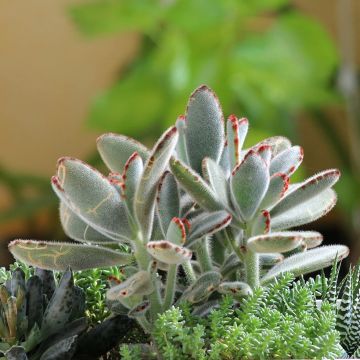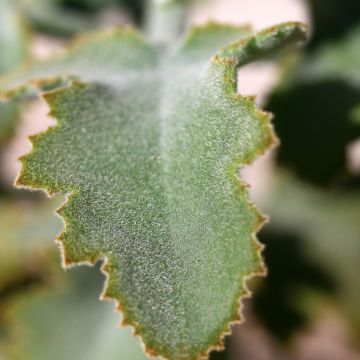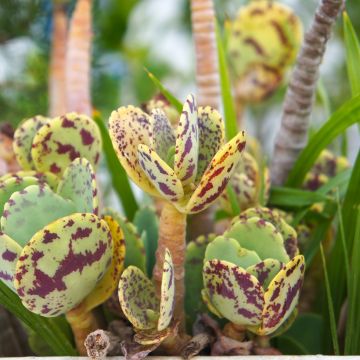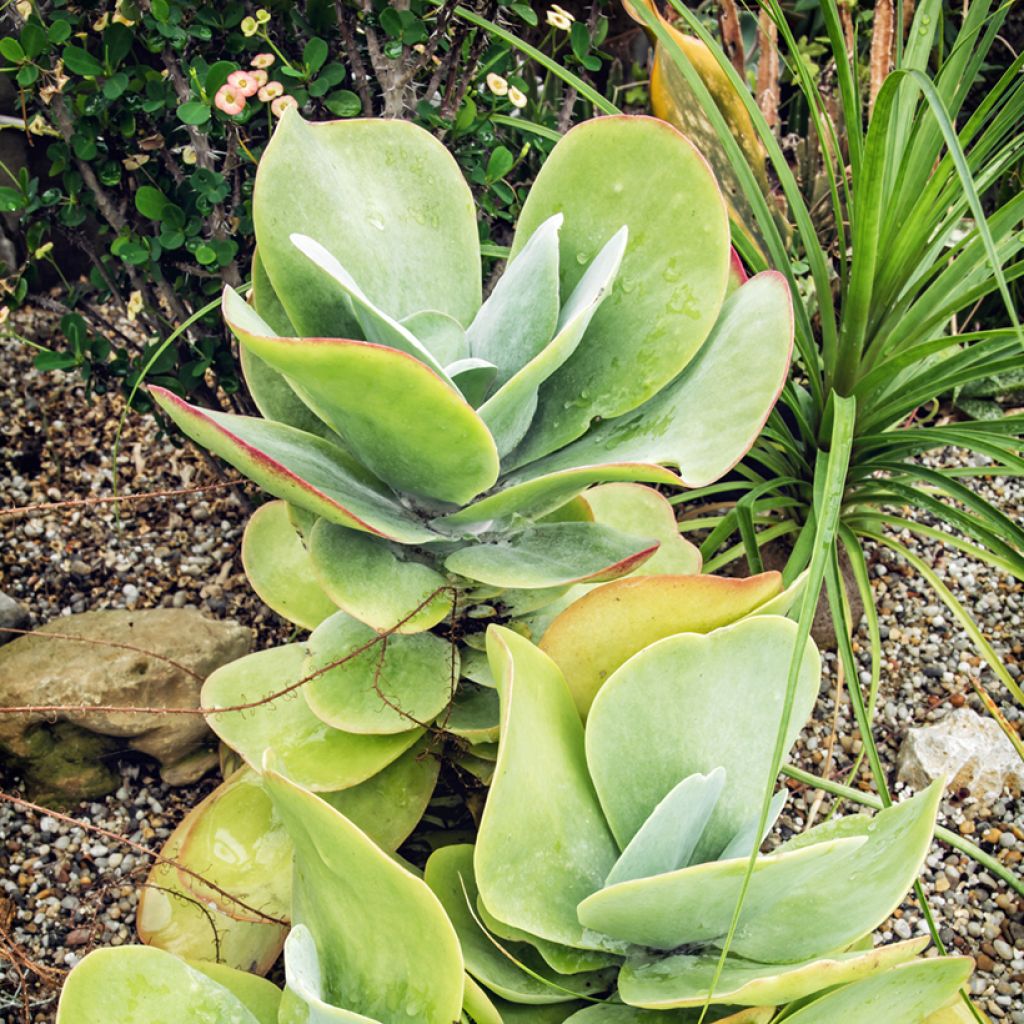

Kalanchoe thyrsiflora
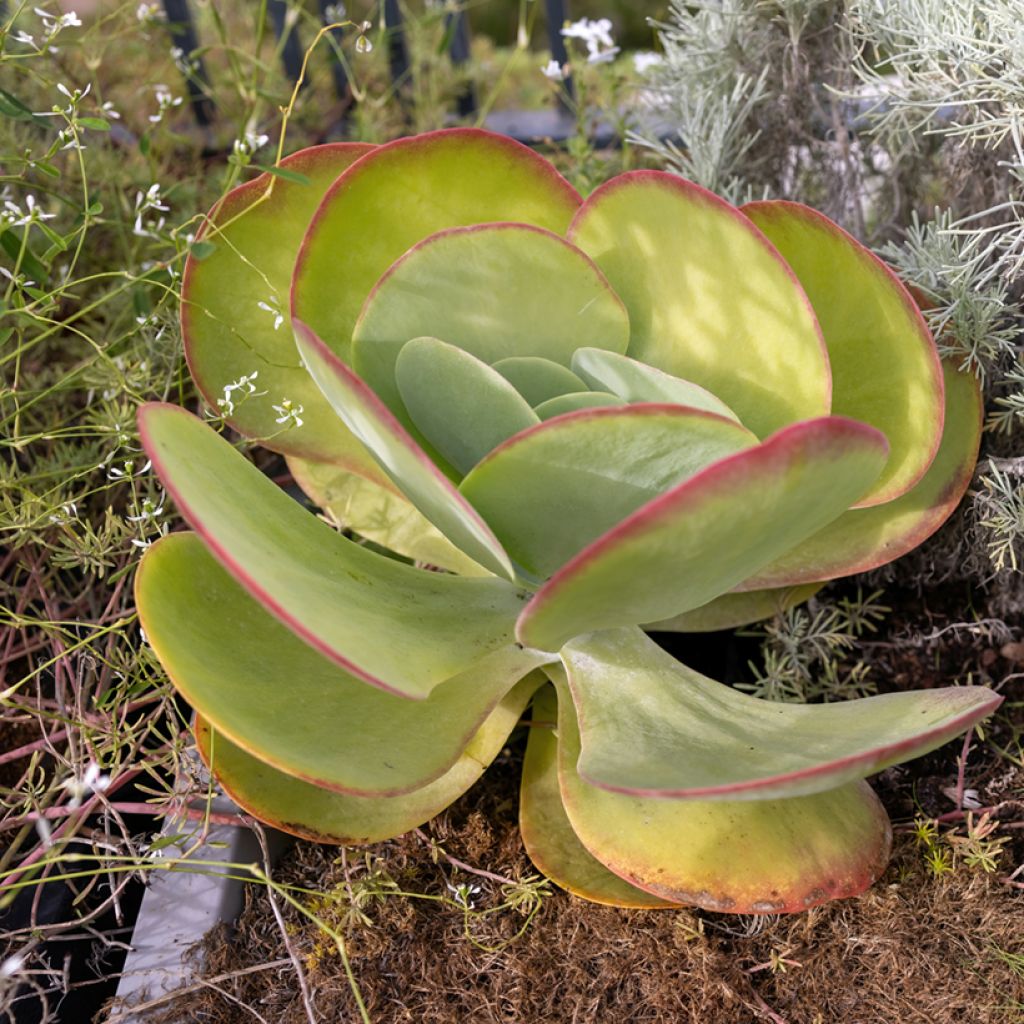

Kalanchoe thyrsiflora
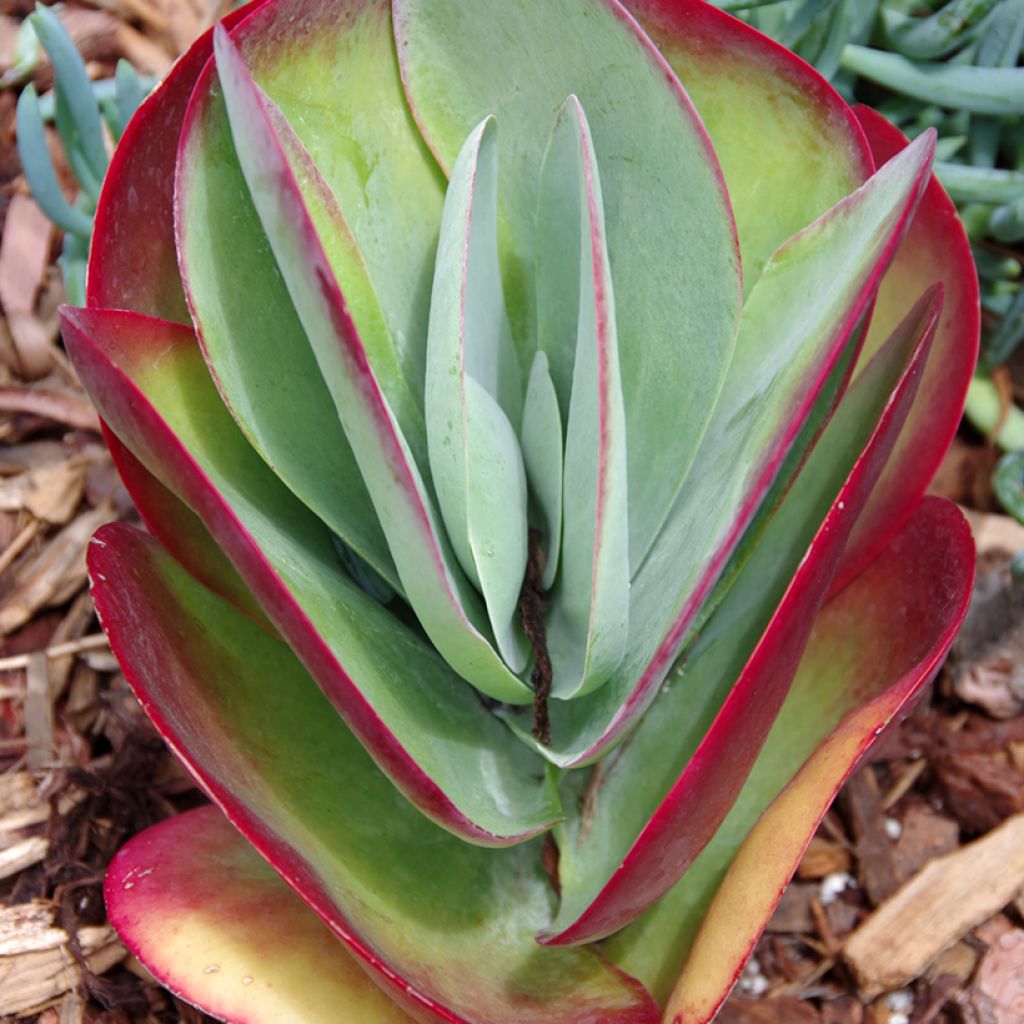

Kalanchoe thyrsiflora
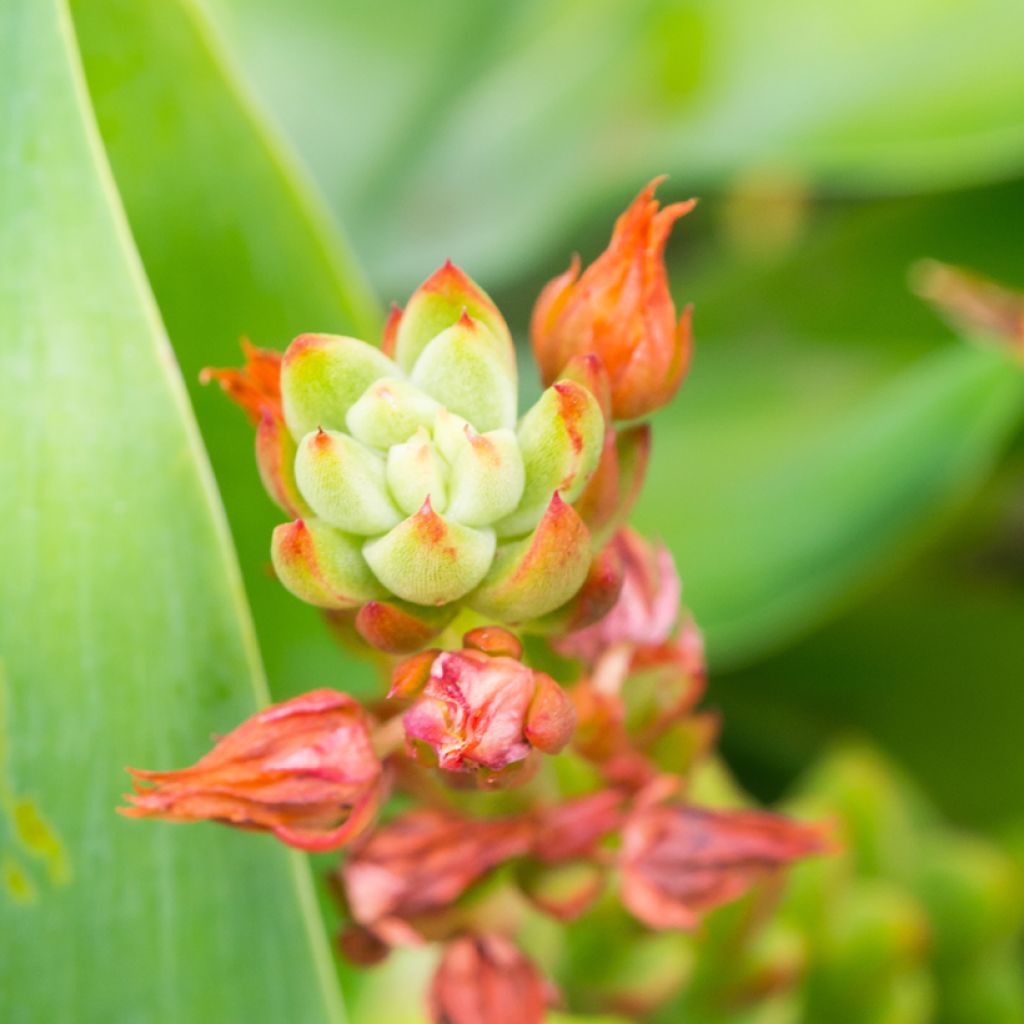

Kalanchoe thyrsiflora
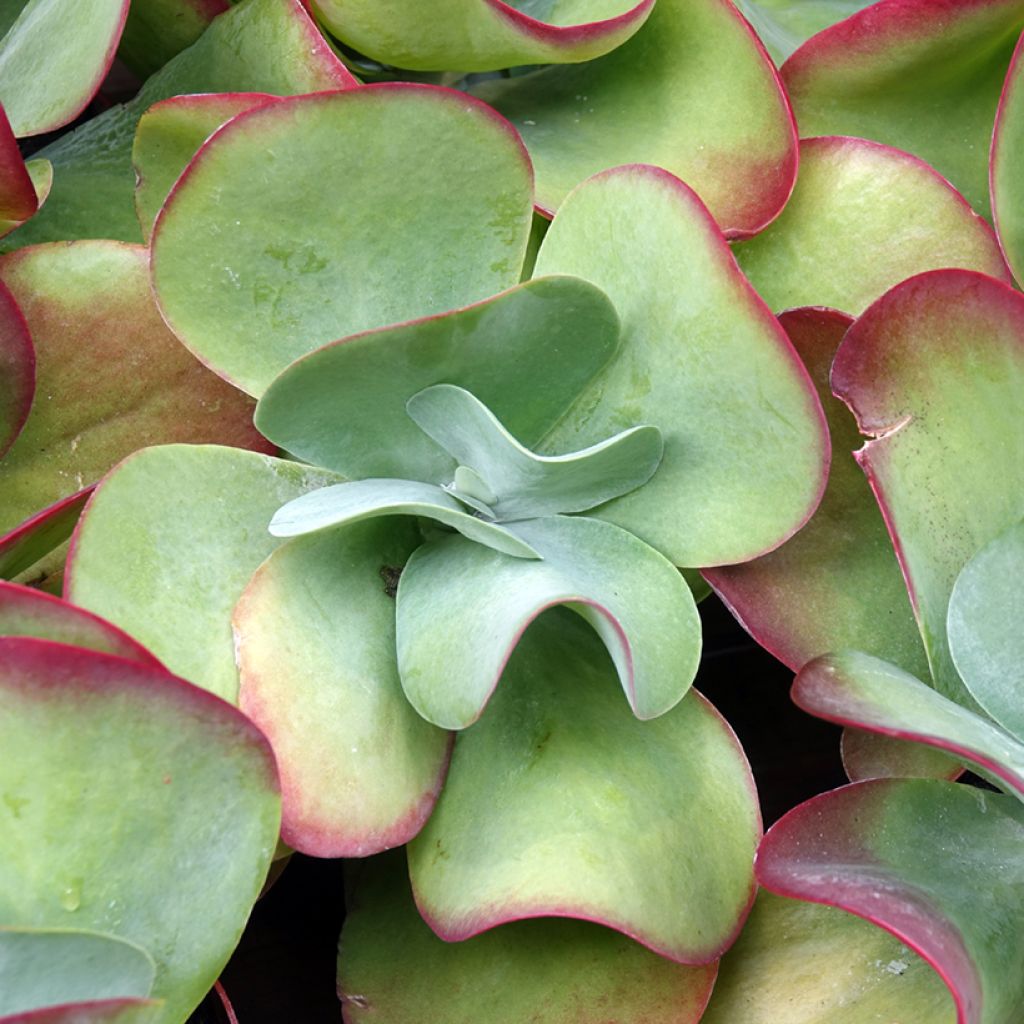

Kalanchoe thyrsiflora
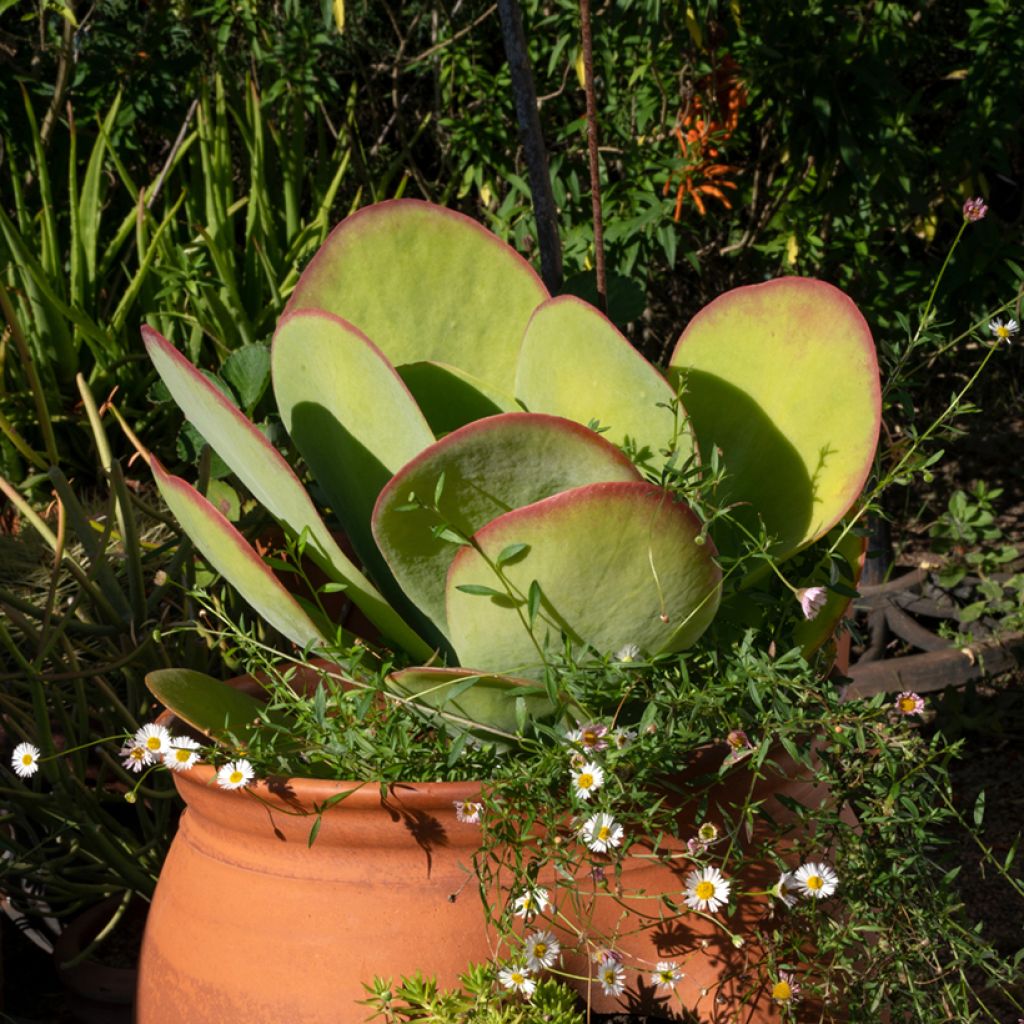

Kalanchoe thyrsiflora
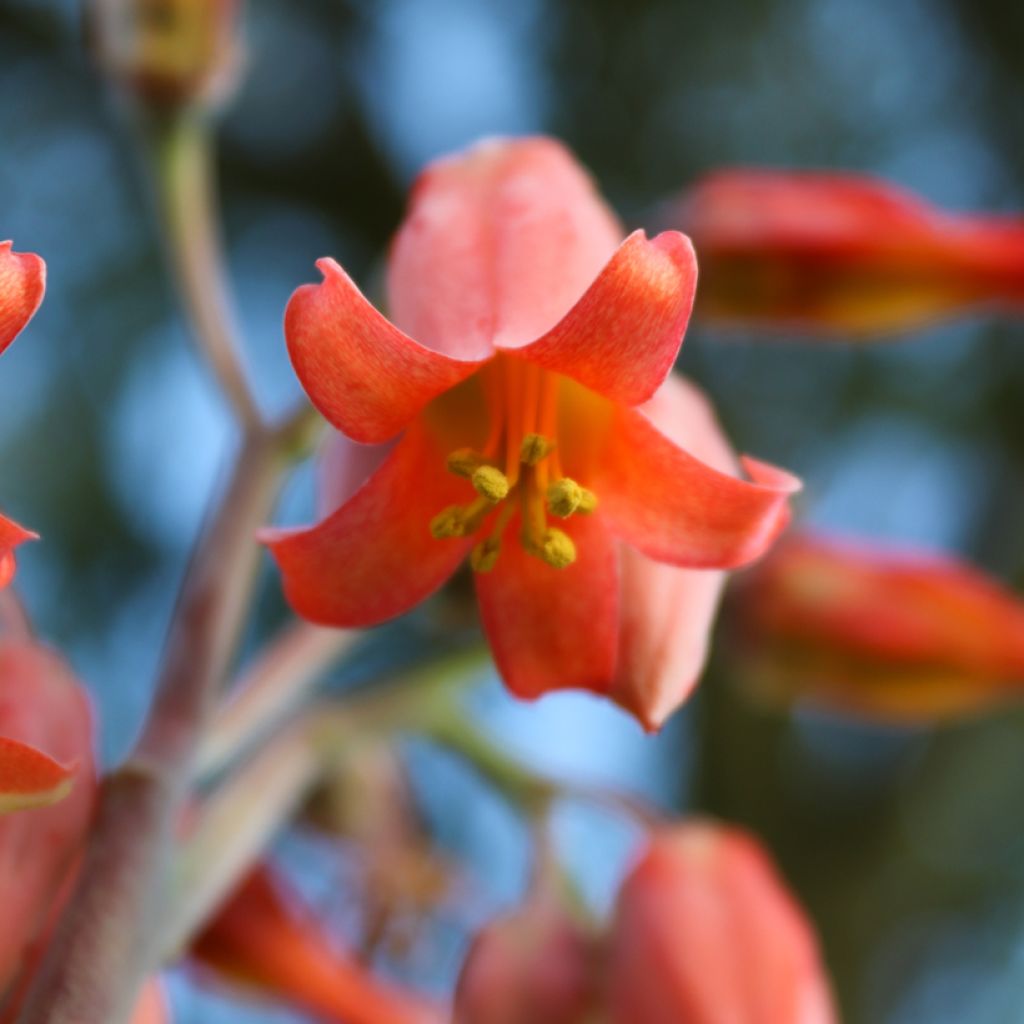

Kalanchoe thyrsiflora
Kalanchoe thyrsiflora - Paddle plant
Kalanchoe thyrsiflora
Paddle plant
This item cannot be shipped to the selected country
Delivery charge from 6,90 €
More information
Shipping country:
-
-
-
-
-
-
-
-
-
-
-
-
-
-
-
-
-
-
-
-
-
-
-
-
-
-
-
-
-
-
-
-
Schedule delivery date,
and select date in basket
This plant carries a 30 days recovery warranty
More information
We guarantee the quality of our plants for a full growing cycle, and will replace at our expense any plant that fails to recover under normal climatic and planting conditions.
From 7,90 € for pickup delivery and 6,90 € for home delivery
Express home delivery from 8,90 €.
Description
Kalanchoe thyrsiflora, also known as Thyrsus Kalanchoe, is a perennial succulent native to southern Africa. This plant is prized for its decorative foliage: large, rounded, fleshy leaves arranged in a rosette. The leaves are a greyish-green with reddish edges, covered in a white bloom, giving them a lovely powdery appearance. Indoors, this compact variety easily finds its place in a sunny room.
Belonging to the Crassulaceae family, Kalanchoe thyrsiflora or Kalanchoe alternans is a succulent plant native to the arid regions of southern Africa, primarily Botswana, Lesotho, and South Africa, where it grows on rocky soils exposed to full sun. In its natural habitat, this plant is adapted to dry conditions; it stores water in its thick, waxy leaves to survive long periods of drought. It forms a basal rosette habit, with broad, rounded, petiolate leaves that can grow up to 15 cm long and 10 cm wide. Their colour is typically greyish-green, with reddish edges that become more vibrant under strong light exposure. A fine white bloom covers the leaf surface, serving as protection against excessive evaporation. Kalanchoe thyrsiflora is a semelparous plant, meaning the main rosette dies after flowering. Upon reaching maturity, usually after 3 to 4 years, it produces an upright flower spike that can grow up to 1 metre tall. This inflorescence consists of greenish-yellow, urn-shaped flowers clustered in dense thyrses. These slightly fragrant flowers bloom from February to April, occasionally attracting pollinators outdoors. After flowering, the plant often produces basal shoots, which take over and ensure its longevity. Indoors, flowering is rare. It will be induced by maximum light exposure and slight water stress.
To grow Kalanchoe thyrsiflora indoors, it is essential to provide very bright exposure, ideally with a few hours of direct sunlight to encourage the reddish leaf colouring. A well-draining substrate will prevent excess moisture and root rot; a cactus mix is recommended. Watering moderately, allowing the substrate to dry out between waterings. During active growth, watering every two weeks is usually sufficient, while in winter, it is advisable to reduce watering frequency. The ideal ambient temperature is between 18 and 24°C, and the plant tolerates low humidity.
Kalanchoe thyrsiflora can be paired with a few Agave attenuata plants for the contrast between its rounded leaves and the agave’s elongated rosettes. It also pairs well with Crassula ovata and Gasteria to vary shapes and textures. In a pot arrangement, it can be accompanied by Pachyphytum oviferum, whose fleshy, powdery leaves harmonise beautifully.
Report an error about the product description
Kalanchoe thyrsiflora - Paddle plant in pictures


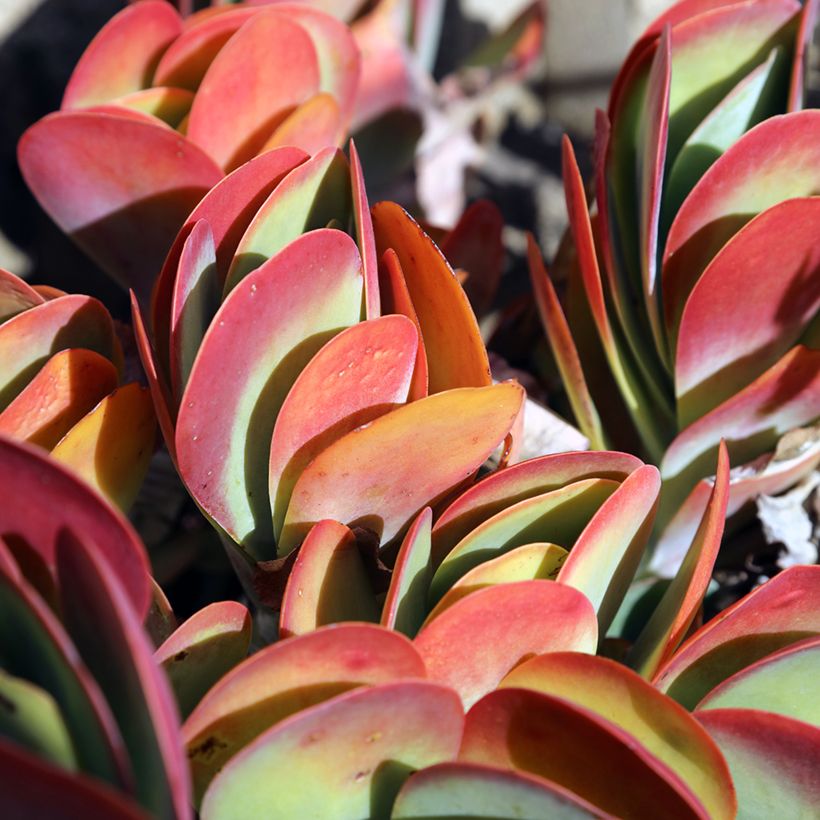



Foliage
Plant habit
Flowering
Botanical data
Kalanchoe
thyrsiflora
Crassulaceae
Paddle plant
South Africa
Other Kalanchoe
View all →Location
Location
Maintenance and care
Potting advice, substrates and fertilisers
Disease and pest advice
Maintenance and care
This item has not been reviewed yet - be the first to leave a review about it.
Haven't found what you were looking for?
Hardiness is the lowest winter temperature a plant can endure without suffering serious damage or even dying. However, hardiness is affected by location (a sheltered area, such as a patio), protection (winter cover) and soil type (hardiness is improved by well-drained soil).

Photo Sharing Terms & Conditions
In order to encourage gardeners to interact and share their experiences, Promesse de fleurs offers various media enabling content to be uploaded onto its Site - in particular via the ‘Photo sharing’ module.
The User agrees to refrain from:
- Posting any content that is illegal, prejudicial, insulting, racist, inciteful to hatred, revisionist, contrary to public decency, that infringes on privacy or on the privacy rights of third parties, in particular the publicity rights of persons and goods, intellectual property rights, or the right to privacy.
- Submitting content on behalf of a third party;
- Impersonate the identity of a third party and/or publish any personal information about a third party;
In general, the User undertakes to refrain from any unethical behaviour.
All Content (in particular text, comments, files, images, photos, videos, creative works, etc.), which may be subject to property or intellectual property rights, image or other private rights, shall remain the property of the User, subject to the limited rights granted by the terms of the licence granted by Promesse de fleurs as stated below. Users are at liberty to publish or not to publish such Content on the Site, notably via the ‘Photo Sharing’ facility, and accept that this Content shall be made public and freely accessible, notably on the Internet.
Users further acknowledge, undertake to have ,and guarantee that they hold all necessary rights and permissions to publish such material on the Site, in particular with regard to the legislation in force pertaining to any privacy, property, intellectual property, image, or contractual rights, or rights of any other nature. By publishing such Content on the Site, Users acknowledge accepting full liability as publishers of the Content within the meaning of the law, and grant Promesse de fleurs, free of charge, an inclusive, worldwide licence for the said Content for the entire duration of its publication, including all reproduction, representation, up/downloading, displaying, performing, transmission, and storage rights.
Users also grant permission for their name to be linked to the Content and accept that this link may not always be made available.
By engaging in posting material, Users consent to their Content becoming automatically accessible on the Internet, in particular on other sites and/or blogs and/or web pages of the Promesse de fleurs site, including in particular social pages and the Promesse de fleurs catalogue.
Users may secure the removal of entrusted content free of charge by issuing a simple request via our contact form.
The flowering period indicated on our website applies to countries and regions located in USDA zone 8 (France, the United Kingdom, Ireland, the Netherlands, etc.)
It will vary according to where you live:
- In zones 9 to 10 (Italy, Spain, Greece, etc.), flowering will occur about 2 to 4 weeks earlier.
- In zones 6 to 7 (Germany, Poland, Slovenia, and lower mountainous regions), flowering will be delayed by 2 to 3 weeks.
- In zone 5 (Central Europe, Scandinavia), blooming will be delayed by 3 to 5 weeks.
In temperate climates, pruning of spring-flowering shrubs (forsythia, spireas, etc.) should be done just after flowering.
Pruning of summer-flowering shrubs (Indian Lilac, Perovskia, etc.) can be done in winter or spring.
In cold regions as well as with frost-sensitive plants, avoid pruning too early when severe frosts may still occur.
The planting period indicated on our website applies to countries and regions located in USDA zone 8 (France, United Kingdom, Ireland, Netherlands).
It will vary according to where you live:
- In Mediterranean zones (Marseille, Madrid, Milan, etc.), autumn and winter are the best planting periods.
- In continental zones (Strasbourg, Munich, Vienna, etc.), delay planting by 2 to 3 weeks in spring and bring it forward by 2 to 4 weeks in autumn.
- In mountainous regions (the Alps, Pyrenees, Carpathians, etc.), it is best to plant in late spring (May-June) or late summer (August-September).
The harvesting period indicated on our website applies to countries and regions in USDA zone 8 (France, England, Ireland, the Netherlands).
In colder areas (Scandinavia, Poland, Austria...) fruit and vegetable harvests are likely to be delayed by 3-4 weeks.
In warmer areas (Italy, Spain, Greece, etc.), harvesting will probably take place earlier, depending on weather conditions.
The sowing periods indicated on our website apply to countries and regions within USDA Zone 8 (France, UK, Ireland, Netherlands).
In colder areas (Scandinavia, Poland, Austria...), delay any outdoor sowing by 3-4 weeks, or sow under glass.
In warmer climes (Italy, Spain, Greece, etc.), bring outdoor sowing forward by a few weeks.


































